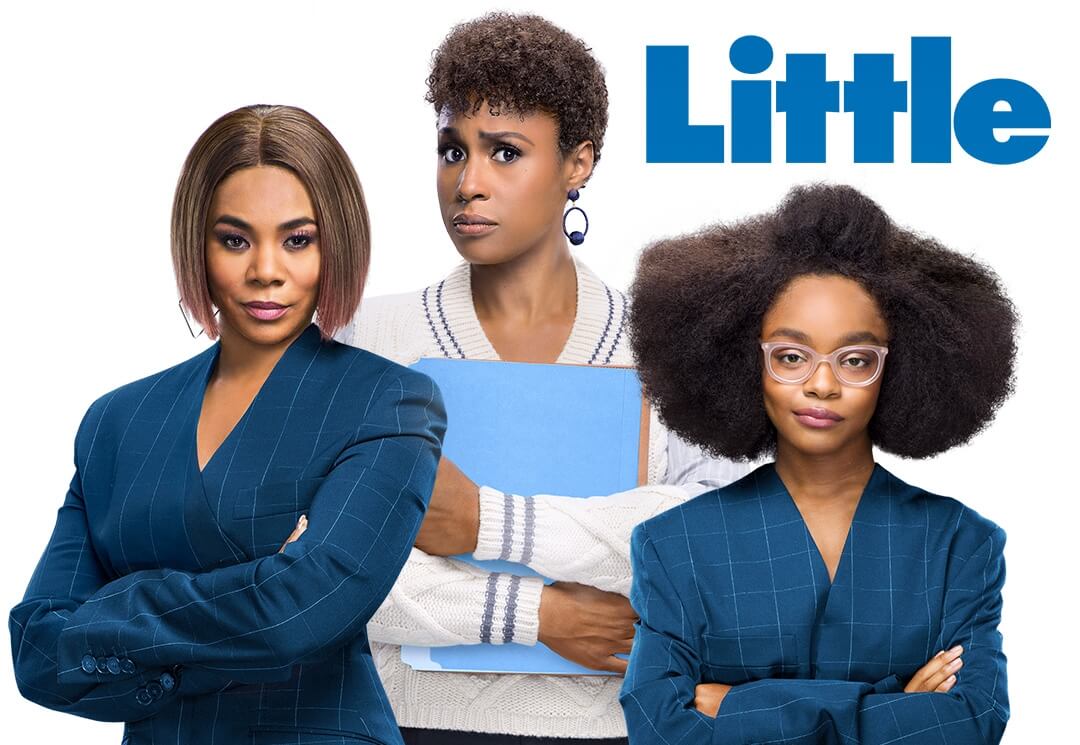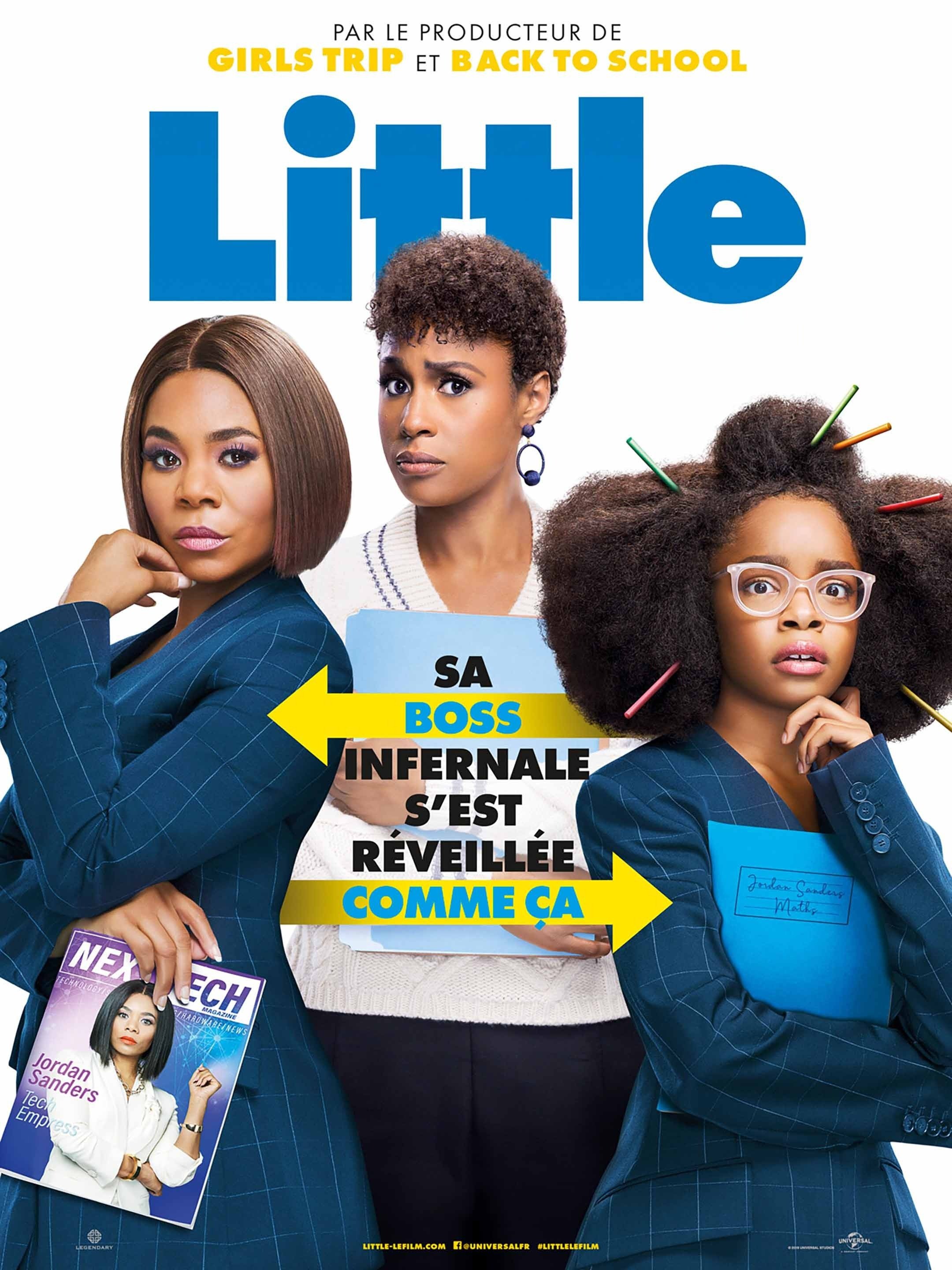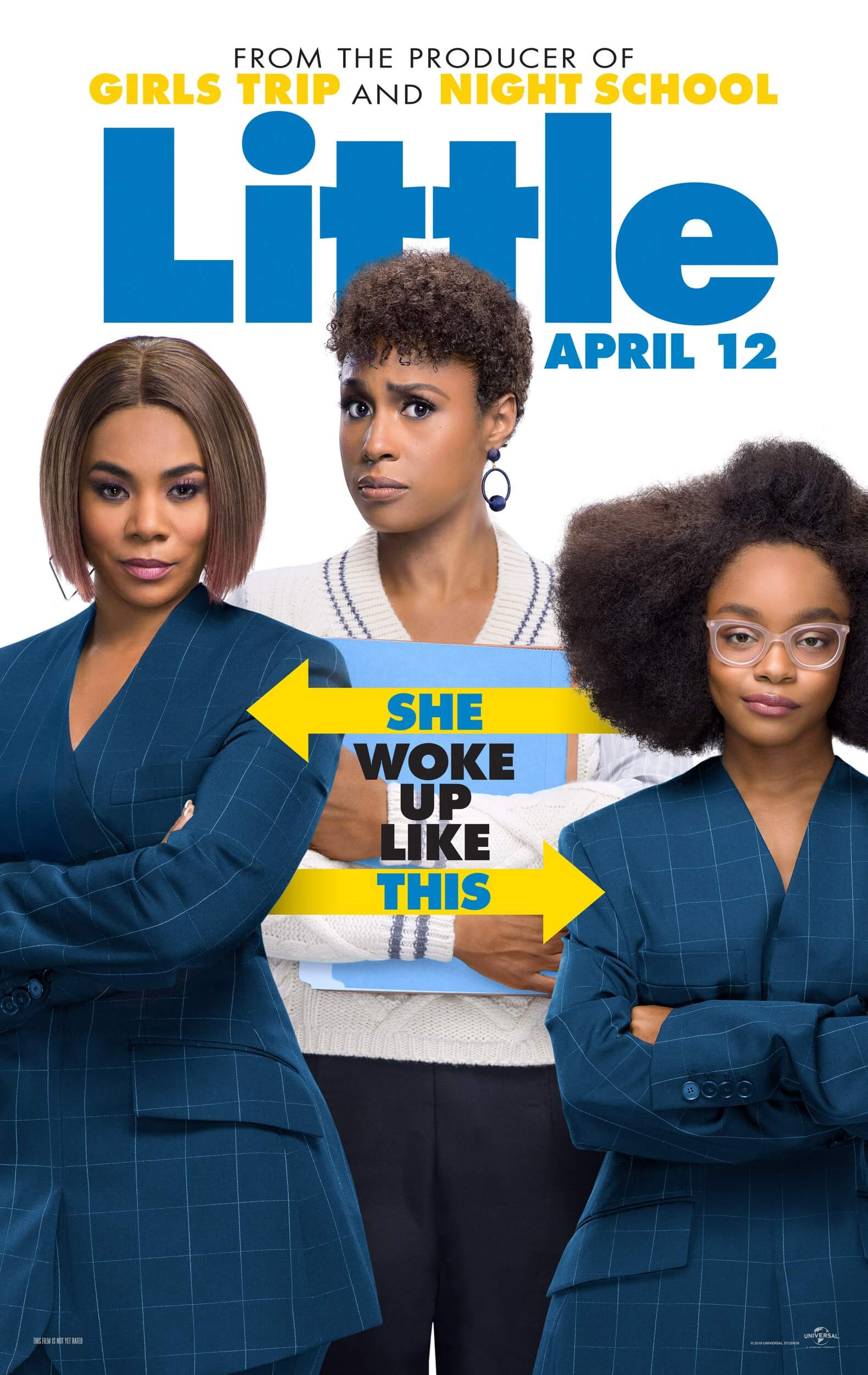Little People Nudes - Body Art And Appreciation
It's a curious thing, how we think about beauty and the human form. For ages, people have found ways to capture what they consider lovely, in art, in photographs, and just in everyday life. Sometimes, what one person sees as truly wonderful, another might see a bit differently, and that's perfectly fine. We are, you know, all made to see things in our own way, and that's what makes the whole picture so rich.
There's a lot to consider when we talk about how bodies are shown, whether it's in a museum or just out in the world. From very old paintings that show bodies in a certain light, to the more current ways we see images on our screens, the conversation about what's appealing, and how we share it, really keeps going. It’s almost like a constant back and forth, isn't it?
This discussion often brings up some really interesting points, especially when we look at how different people, and different body types, are represented. We'll explore some bits and pieces about how people of smaller stature have been depicted, both in serious art and in more lighthearted ways, and what that might tell us about how we see the human form in all its variations, so.
- Is Richard Gere Sick
- Julie Chen Moonves Book
- Has Carol Burnett Had A Stroke
- Chi Chis Mexican Restaurant Comeback
- Dominatrix Songs
Table of Contents
- Suzanne Rothwell's Story - Why Share Her Image?
- Art and the Body - How Have Little People Nudes Been Portrayed?
- Cultural Views - What Do We Think About Nudity Generally?
- Modern Media - Where Do We See Little People Nudes Today?
- Community and Representation - Is There Support for Little People Nudes?
- The Renaissance and Beyond - How Did Nudity in Art Change?
- Online Images - What Are the Concerns with Little People Nudes Online?
- Embracing Diverse Beauty - Why Appreciate All Forms?
Suzanne Rothwell's Story - Why Share Her Image?
Suzanne Rothwell, who is 72, made a choice to be part of a calendar project, and she did this for reasons that were quite personal to her, close to her own heart, you know. It's a big step for anyone to put themselves out there in such a way, and when someone does, it often comes from a very genuine place. This kind of personal decision, to share oneself with the wider world, really speaks volumes about courage and conviction, too.
Her participation, it suggests a deeper meaning, something that truly mattered to her. When people choose to show themselves, especially in a calendar that might be seen by many, it's typically for a purpose that goes beyond just a simple picture. It could be about showing a different kind of beauty, or maybe it's about making a statement, or even just celebrating life as it is. We can only guess at the exact reasons, but it's clear they were important, that.
It's interesting to think about what moves someone to do something like this. Perhaps it's a desire to challenge common ideas, or to inspire others. Whatever it was for Suzanne, her decision to take part at her age, it really highlights how personal and powerful these kinds of choices can be. It’s a very individual expression, after all, and that’s something to consider.
- Is Antique Archeology Still Open
- Leo Tattoo Design
- Hope Ybarra
- Charles Michael Davis Children
- Brandarmy Com
Personal Details and Bio Data
| Name | Suzanne Rothwell |
| Age | 72 |
| Involvement | Participated in a calendar project |
| Motivation | Reasons close to her heart |
Art and the Body - How Have Little People Nudes Been Portrayed?
When we look at art, the human body has always been a central focus, hasn't it? There are pieces like "The little nude model reading," which is a print, and it measures about 12 1/8 by 8 1/4 inches. This particular work, it captures a quiet moment, a figure absorbed in a book, so. It's a depiction that focuses on the act of reading, and the human form, in a natural, unposed sort of way, you know, which is quite nice.
Another artwork, "View the little nude model, reading S.S.T," by James Abbott McNeill Whistler, is something you can find on Artnet, where you can also look at past and upcoming auction lots by him. This shows that the concept of a "little nude model" has been a subject for artists, giving us a glimpse into how they viewed and presented the human figure. It’s almost as if artists are always trying to show us something new about ourselves, or about how we see the world, that.
There's also an etching and aquatint on paper with dimensions of 10 7/8 by 9 1/4 inches, which was a bequest to the National Gallery of Art in 1943 from Catherine Gamble Curran. These kinds of artworks, they show that artists have long explored the human form, sometimes with a particular focus on figures that might be described as "little," perhaps in their stature or their delicate portrayal. It's a very long tradition, after all.
The Metropolitan Museum of Art in New York City also has pieces, like one from Herbert Charles Jerome Pollitt from 1910, which was a gift to the National Gallery of Art in 1943. These examples really highlight how these artistic depictions become part of public collections, allowing many people to see and appreciate them. It's a way of preserving art history, and also, just sharing beauty, in a way.
One specific photograph shows a figure facing our left, in profile. This kind of detailed observation, capturing a specific angle and posture, is typical of how artists and photographers approach the human form. It’s about seeing the lines and the shapes, and how they tell a story, or just create a feeling, you know. And then there are works like the Scottish Colourists' nudity artwork, which was photographed by someone, suggesting a broader artistic interest in the human body, too.
Cultural Views - What Do We Think About Nudity Generally?
For the most part, people in Denmark have been comfortable with nudity for a long time, like at public beaches, for instance. This really shows how different cultures can have very different ideas about what's normal or acceptable when it comes to being unclothed. It's a matter of cultural perspective, you know, and what one place considers natural, another might see a bit differently, so.
Thinking about how we learn about our bodies, it's interesting to consider that awareness of oneself starts really early, right in infancy. It develops along with our physical growth and our ability to understand things. Preschool children, for example, have very little sense of modesty, and they will often seek comfort by taking off their clothes and touching themselves. This is just a natural part of growing up, really.
These young children are also very curious about the differences between boys and girls, and they learn mostly by seeing and touching. They often want to see and touch the bodies of others their own age. This is a very basic, innocent exploration of the world around them, and it shows how fundamental this kind of discovery is to human development, too. It’s a very natural thing, after all.
Modern Media - Where Do We See Little People Nudes Today?
While some people have different ideas about what beauty truly is, we at XXL, you know, really appreciate all beautiful women, and we salute the "tiny hotties of the world." This kind of language, it highlights a specific appreciation for people of smaller stature, celebrating their appeal in a very direct way. It's about recognizing beauty in all its forms, isn't it?
Then there's the statement that "These luscious little people will blow your mind (among other things), as they raise the bar in adult entertainment." This is a very strong way of putting it, suggesting a particular kind of appeal and impact within a specific industry. It indicates that people of smaller stature are indeed a part of the adult entertainment world, and are seen as bringing something special to it, too. It’s a very specific niche, that.
The idea of "celebrity naked photos posted online" also comes up, with names like Emily Ratajkowski, Madonna, Salma Hayek, Heidi Klum, Britney Spears, and Helena Christensen mentioned. This shows how images of bodies, sometimes unclothed, are very much a part of popular culture and online sharing. It's a widespread phenomenon, you know, and it touches on how public figures are seen and presented, so.
The text also mentions "Wunderlich & Co., New York, stock no," which suggests that images or artworks featuring "little people nudes" might also be part of art sales or collections, not just popular media. This bridges the gap between artistic representation and commercial availability, showing a broader presence of such imagery. It’s almost like there are many different avenues for these images to exist, that.
Community and Representation - Is There Support for Little People Nudes?
At the Little People of America conference, Naccarato made a point to have her own booth in the expo. This expo is a trade show that features adaptive products and resources specifically for little people. It's a really important space for the community, providing practical help and fostering connection, you know. And the fact that Naccarato pushed for her own booth shows a lot of initiative, too.
What's interesting is that she is the only one who offers what she does. This suggests a unique service or product that meets a specific need within the community. It highlights how individuals within the little people community are creating resources and support systems for each other, which is a very positive thing. It's about filling a gap, really, and providing something that wasn't there before, so.
This kind of representation at a conference, offering specific resources, is a way of empowering the community and addressing their particular needs. It shows that there's an organized effort to provide support and create a more inclusive environment. It’s almost like building bridges, that, making sure everyone has access to what they need to thrive.
The Renaissance and Beyond - How Did Nudity in Art Change?
Inspired by a renewed interest in very old sculptures and a closer look at nature, Renaissance artists made the unclothed body ever more full of life, more lifelike, and very central to their practice. Before this period, you know, the way bodies were shown in art was often more symbolic or less focused on realism. But during the Renaissance, there was a real shift towards capturing the human form with incredible detail and vibrancy, so.
Yet, the very religious European Renaissance society was troubled by the unclothed body and its new feeling of sensuality. This was a conflicted response, one that is echoed in the world today, where images of nudity have become very common. It’s almost like there’s always been this tension between art, and what is shown, and what society feels comfortable with, that.
This historical context shows us that the way we react to images of the human body, especially when unclothed, isn't something new. It's a conversation that has been going on for a very long time, with different periods and cultures having their own unique perspectives. It’s a very human thing, after all, to grapple with these ideas.
Online Images - What Are the Concerns with Little People Nudes Online?
The topic of "jailbait images" is mentioned, described as sexualized images of minors who are thought to meet the definition of jailbait. These are said to be different from child pornography because they usually do not contain nudity. Instead, jailbait images show young teens or tweens in very little clothing, such as bikinis, short skirts, or underwear. This is a serious area, you know, and it raises many concerns.
The online sharing of these images has caused a lot of legal and moral debate. This really highlights the challenges that come with the internet, where images can spread very quickly and reach many people. It’s almost like a wild west, that, when it comes to what gets shared and the impact it can have. This issue is about protecting young people, and making sure that images of them are not used in harmful ways, so.
While the text mentions "little people nudes" in other contexts, it's important to note that the discussion of "jailbait images" is a separate, very serious concern related to minors and their representation online. This distinction is crucial, as it deals with different age groups and different legal and ethical implications. It’s a very sensitive subject, after all, and one that requires careful thought.
Embracing Diverse Beauty - Why Appreciate All Forms?
The idea that "while some people have different ideas on what beautiful is, we at XXL appreciate all beautiful women and salute today the tiny hotties of the world," really sums up a broader point. It's about recognizing that beauty comes in many different forms, and that what one person finds appealing might be quite different from another's view. This is a very inclusive way of thinking, you know.
The variety of art pieces, from historical etchings to modern photographs, and the different cultural perspectives on nudity, all point to a rich tapestry of human experience. It shows that our ideas about the body, and how we represent it, are constantly shifting and evolving. It’s almost like a continuous conversation, that, about what it means to be human and how we see ourselves and each other.
Ultimately, the conversation around "little people nudes" and the broader topic of body representation is about celebrating the diversity of the human form. It's about challenging narrow definitions of beauty and making space for all bodies to be seen and appreciated. This ongoing dialogue, it helps us to understand each other a bit better, and to build a more accepting world, so.
- Dolly Little Dad
- Tiffany Diamond Solitaire Necklace
- Juice Wrld Addictions
- Sheds Houston
- Gemma Lawman

Little | Universal Pictures

Little: Official Clip - Middle School Makeover - Trailers & Videos

Little | Universal Pictures